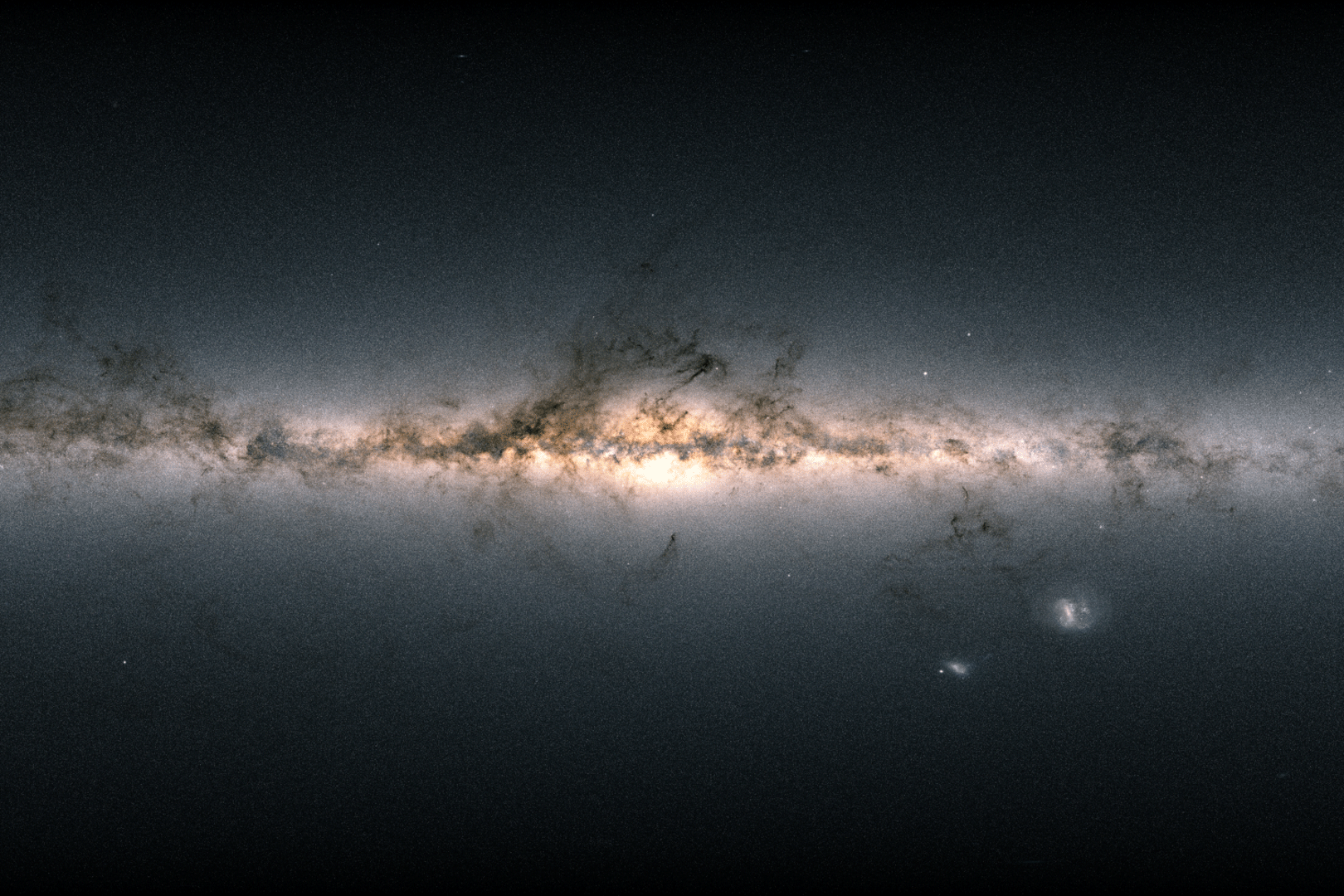The global gaming industry is a continuous source of innovation. So many of its tech advances have been…
OpenAI releases new models and lowers API pricing
OpenAI has announced several updates that will benefit developers using its AI services, including new embedding models, a lower price for GPT-3.5 Turbo, an updated GPT-4 Turbo preview, and more robust content moderation capabilities. The San Francisco-based AI lab said its new text-embedding-3-small and text-embedding-3-large models…
Blizzard’s Survival Game Reportedly Canceled Over Engine Issues After 6 Years Of Development

Blizzard Entertainment’s survival game, which it informally announced in 2022, was reportedly canceled over engine issues during its six years of development, according to a new Bloomberg report. This report follows yesterday’s news that Microsoft is laying off 1,900 employees across its Xbox, Activision Blizzard, and ZeniMax divisions. Alongside this news, Blizzard president Mike Ybarra also announced he was departing from the company, and we learned the aforementioned survival game had been canceled.
However, Blizzard didn’t really touch on why the game it had just announced exactly two years prior was canceled. Bloomberg’s new report details development struggles around the game’s engine, which was prototyped using Epic Games’ Unreal Engine before “Blizzard executives decided to switch, in part, because it wouldn’t support their ambitions for vast maps supporting up to 100 players at once.”
[embedded content]
The team behind this game, which Bloomberg says was called Odyssey, switched to Synapse, an in-house engine Blizzard originally developed for mobile games and “envisioned as something that would be shared across many of its projects.”
This reportedly led to significant problems in Odyssey’s development. When Microsoft acquired Activision Blizzard last year for a colossal $69 billion, the team had apparently hoped their new owners would allow it to switch back to Unreal Engine. However, that switch didn’t happen.
Bloomberg notes that despite engine struggles, the game’s development made progress, with people who played early versions of it enjoying it, remarking on its potential in a landscape where survival games are as popular as they are. Just this week, Early Access ‘Pokémon With Guns” survival game Palworld crossed 8 million copies sold on Steam in just six days, and those numbers don’t include players playing through Xbox and PC Game Pass.
Blizzard was reportedly looking to expand the Odyssey team in an effort to target a 2026 release year for the survival game, but Bloomberg reports “even that seemed overly optimistic to some developers.” And now, as we officially know, development has concluded and the once exciting Blizzard game canceled.
Be sure to read the full Bloomberg report for even more details.
For more, read about Microsoft’s heartbreaking layoffs from yesterday, which have left 1,900 people jobless. At just 26 days into 2024, there have been more than 5,500 layoffs, which is more than half of the total layoffs of 2023.
[Source: Bloomberg]
How do you feel about Blizzard canceling this survival game? Let us know in the comments below!
What iGaming Brands Must Do To Keep Up with Rapid Tech Evolution – Technology Org
In the fast-paced world of iGaming, staying ahead of the curve is not just a luxury; it’s a…
Challenge: Integrated Central Information System (ICIS) for Maritime Operations – Technology Org
NineSigma, representing QRDI / Milaha International LLC (“QRDI / Milaha”), invites participants to submit proposals to design and…
Challenge: Pre-flight AR/VR Content for Autistic Children – Technology Org
Qatar Airways and its technology partner, MADA, are continually enhancing the customer experience for all visitors to improve the…
The next solar storm is on its way – and may cause more problems than you think – Technology Org
We live in such times – we should be prepared for the worst and take adequate precautions. We…
New Wearable Sensor Accurately Tracks Tiny Changes in the Breath Process – Technology Org
Manchester scientists have developed a new type of wearable sensor that can precisely track your breath, even the…
Study: Stars travel more slowly at Milky Way’s edge

By clocking the speed of stars throughout the Milky Way galaxy, MIT physicists have found that stars further out in the galactic disk are traveling more slowly than expected compared to stars that are closer to the galaxy’s center. The findings raise a surprising possibility: The Milky Way’s gravitational core may be lighter in mass, and contain less dark matter, than previously thought.
The new results are based on the team’s analysis of data taken by the Gaia and APOGEE instruments. Gaia is an orbiting space telescope that tracks the precise location, distance, and motion of more than 1 billion stars throughout the Milky Way galaxy, while APOGEE is a ground-based survey. The physicists analyzed Gaia’s measurements of more than 33,000 stars, including some of the farthest stars in the galaxy, and determined each star’s “circular velocity,” or how fast a star is circling in the galactic disk, given the star’s distance from the galaxy’s center.
The scientists plotted each star’s velocity against its distance to generate a rotation curve — a standard graph in astronomy that represents how fast matter rotates at a given distance from the center of a galaxy. The shape of this curve can give scientists an idea of how much visible and dark matter is distributed throughout a galaxy.
“What we were really surprised to see was that this curve remained flat, flat, flat out to a certain distance, and then it started tanking,” says Lina Necib, assistant professor of physics at MIT. “This means the outer stars are rotating a little slower than expected, which is a very surprising result.”
The team translated the new rotation curve into a distribution of dark matter that could explain the outer stars’ slow-down, and found the resulting map produced a lighter galactic core than expected. That is, the center of the Milky Way may be less dense, with less dark matter, than scientists have thought.
“This puts this result in tension with other measurements,” Necib says. “There is something fishy going on somewhere, and it’s really exciting to figure out where that is, to really have a coherent picture of the Milky Way.”
The team reports its results this month in the Monthly Notices of the Royal Society Journal. The study’s MIT co-authors, including Necib, are first author Xiaowei Ou, Anna-Christina Eilers, and Anna Frebel.
“In the nothingness”
Like most galaxies in the universe, the Milky Way spins like water in a whirlpool, and its rotation is driven, in part, by all the matter that swirls within its disk. In the 1970s, astronomer Vera Rubin was the first to observe that galaxies rotate in ways that cannot be driven purely by visible matter. She and her colleagues measured the circular velocity of stars and found that the resulting rotation curves were surprisingly flat. That is, the velocity of stars remained the same throughout a galaxy, rather than dropping off with distance. They concluded that some other type of invisible matter must be acting on distant stars to give them an added push.
Rubin’s work in rotation curves was one of the first strong pieces of evidence for the existence of dark matter — an invisible, unknown entity that is estimated to outweigh all the stars and other visible matter in the universe.
Since then, astronomers have observed similar flat curves in far-off galaxies, further supporting dark matter’s presence. Only recently have astronomers attempted to chart the rotation curve in our own galaxy with stars.
“It turns out it’s harder to measure a rotation curve when you’re sitting inside a galaxy,” Ou notes.
In 2019, Anna-Christina Eilers, assistant professor of physics at MIT, worked to chart the Milky Way’s rotation curve, using an earlier batch of data released by the Gaia satellite. That data release included stars as far out as 25 kiloparsecs, or about 81,000 light years, from the galaxy’s center.
Based on these data, Eilers observed that the Milky Way’s rotation curve appeared to be flat, albeit with mild decline, similar to other far-off galaxies, and by inference, the galaxy likely bore a high density of dark matter at its core. But this view now shifted, as the telescope released a new batch of data, this time including stars as far out as 30 kiloparsecs — almost 100,000 light years from the galaxy’s core.
“At these distances, we’re right at the edge of the galaxy where stars start to peter out,” Frebel says. “No one had explored how matter moves around in this outer galaxy, where we’re really in the nothingness.”
Weird tension
Frebel, Necib, Ou, and Eilers jumped on Gaia’s new data, looking to expand on Eilers’ initial rotation curve. To refine their analysis, the team complemented Gaia’s data with measurements by APOGEE — the Apache Point Observatory Galactic Evolution Experiment, which measures extremely detailed properties of more than 700,000 stars in the Milky Way, such as their brightness, temperature, and elemental composition.
“We feed all this information into an algorithm to try to learn connections that can then give us better estimates of a star’s distance,” Ou explains. “That’s how we can push out to farther distances.”
The team established the precise distances for more than 33,000 stars and used these measurements to generate a three-dimensional map of the stars scattered across the Milky Way out to about 30 kiloparsecs. They then incorporated this map into a model of circular velocity, to simulate how fast any one star must be traveling, given the distribution of all the other stars in the galaxy. They then plotted each star’s velocity and distance on a chart to produce an updated rotation curve of the Milky Way.
“That’s where the weirdness came in,” Necib says.
Instead of seeing a mild decline like previous rotation curves, the team observed that the new curve dipped more strongly than expected at the outer end. This unexpected downturn suggests that while stars may travel just as fast out to a certain distance, they suddenly slow down at the farthest distances. Stars at the outskirts appear to travel more slowly than expected.
When the team translated this rotation curve to the amount of dark matter that must exist throughout the galaxy, they found that the Milky Way’s core may contain less dark matter than previously estimated.
“This result is in tension with other measurements,” Necib says. “Really understanding this result will have deep repercussions. This might lead to more hidden masses just beyond the edge of the galactic disk, or a reconsideration of the state of equilibrium of our galaxy. We seek to find these answers in upcoming work, using high resolution simulations of Milky Way-like galaxies.”
This research was funded, in part, by the National Science Foundation.
The Friday Roundup – Removing the Cringe and YouTube Mistakes
Cringy Editing Habits You Need to Break in 2024 A bit of fun this week from Casey Faris on the subject of just awful editing decisions people make and are sadly, still are making in their editing. The gist of it is they set out to…
